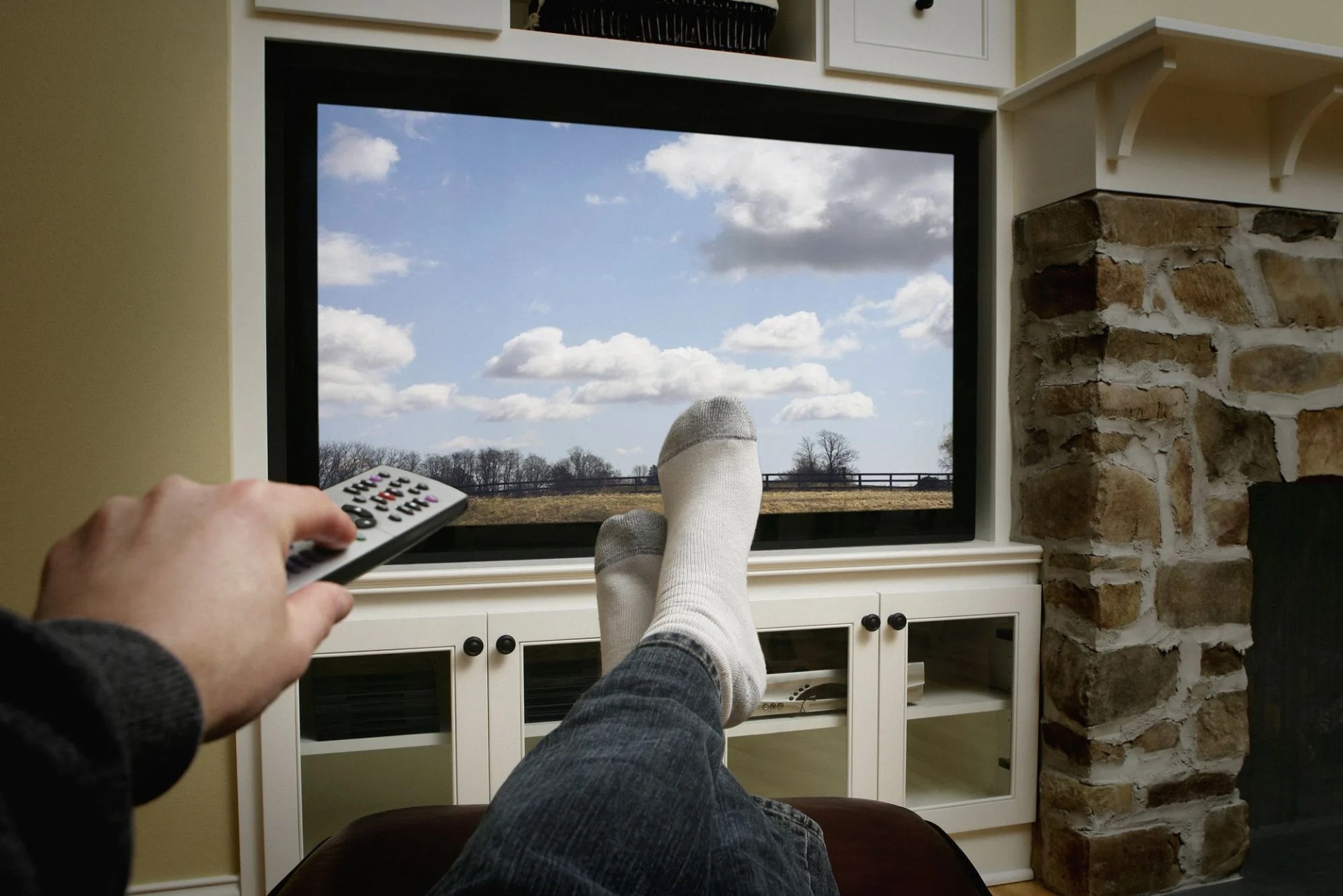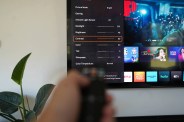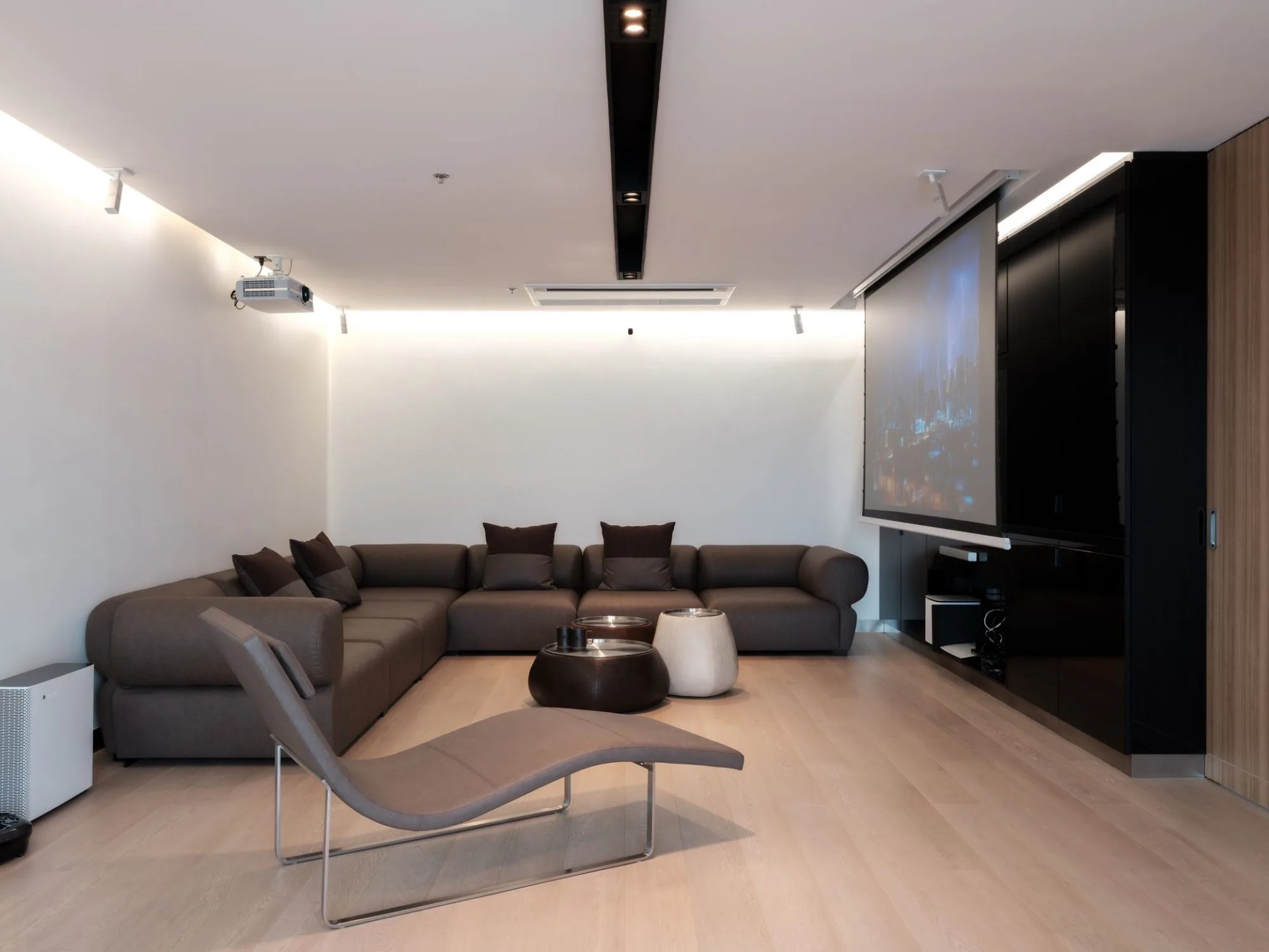When building a home theater, one of the first things you have to decide is how big of a screen you want (and what your budget allows). If you have the wall space for a really big screen, you might even want to consider buying a projector rather than a TV. But there are a few things to know before you do.
The TVs vs. projectors calculus has changed a ton in the past few years. It’s crazy to think that the first 4K TVs really only hit the mainstream in 2015, but now they are everywhere — some manufacturers are even selling 8K TVs (although we’re years away from there being enough content to justify them). And projectors that can deliver a true 4K picture, which were a rarity a few years ago, are actually now quite common.
Maybe most importantly, both TVs and projectors are significantly cheaper than they were a few years ago. You can definitely still spend a king’s ransom depending on the model of TV or projector you get, of course, but you also don’t have to. OLED TVs, which deliver the best picture and contrast, don’t cost as much as a car anymore. And you can get a pretty great 4K projector for less than $2,ooo.
That said, TVs and projectors are still very different — even in 2023.
The Trusty Television
TVs generally have the best picture quality.
TVs are still by far the way to go when it comes to overall picture quality. For a projector to deliver a true 4K picture is a little complicated, as a lot of the more affordable options use an upscaling trick — called 4K Enhancement Technology (4Ke) — but it still doesn’t deliver the same image quality as most 4K TVs. Also, TVs handle HDR (or high dynamic range) content significantly better, meaning the colors and contrast are much deeper and vibrant, and the picture appears much more lifelike. Unless you’re spending an arm and a leg on a short-throw projector, there’s really no comparison.
TVs are easier to use and install.
Probably the biggest reason to get a TV instead of a projector is that it’s not nearly as big of a headache. You don’t have to rearrange your entire room around a TV, which is what you’d have to do with a long-throw projector. All you have to do is place it on a media console or mount it on the wall — which pretty much anybody can do. And with a TV you also don’t need the room to be especially dark for the image to look great, which is what most projectors require (unless they are really expensive).
TVs are still the (much) cheaper option.
When comparing the prices of high-end TVs and projectors, there’s really only one winner. You can get an entry-level OLED TV for around a grand — especially around the holidays — which is going to deliver a significantly better image than pretty much any projector. If you’re looking for the best long-throw projector that delivers a true 4K picture, you’re going to have to spend between $3,000 and $5,000, and it’s still not likely going to deliver the same picture quality.
 Steven Puetzer
Steven Puetzer

